First Notes: New Orleans and the Early Roots of Jazz
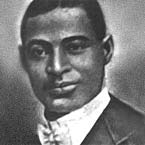
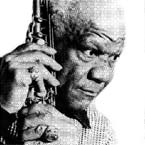
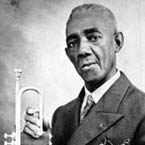
Top to bottom: Buddy Bolden, Sidney Bechet, Bunk Johnson
New Orleans has always been different, complex and intriguing, so it’s fitting that jazz, the musical style the city created and gave to the world, should follow the same tune.
Jazz is a byproduct of the unique cultural environment found in New Orleans in the late 19th and early 20th centuries, with the vestiges of French and Spanish colonial roots, the resilience of African influences after the slavery era and the influx of immigrants from Europe. The ways these cultures mingled, collided and evolved together in the Crescent City produced America’s most distinctive musical style.
From the French Opera House to Congo Square
One of the key components to the birth of jazz was New Orleans’ long and deep commitment to music and dance, says Bruce Raeburn, a jazz historian and curator of the Hogan Jazz Archives at Tulane University. The city was home to the first opera house in North America, for instance, and many of the rich musical traditions of Europe were embraced and celebrated here going back to the city’s early colonial days.
Long before jazz was established, musical events were part of the social fabric of the city, from formal balls where European dances competed for the public’s attention with more exotic sounds migrating north from Latin America to the marching bands that comforted mourners after funerals.
Another element driving this musical heritage toward the creation of jazz gets down to race and the distinctive black experience in New Orleans. Though the city was a leading slave port and segregation persisted long after slavery was abolished, people of different races mixed much more freely in New Orleans than in other American cities.
“There were opportunities for interaction, in spite of segregation, and many neighborhoods were a crazy quilt with blacks, whites and Creoles living together,” says Raeburn.
New Orleans is not your typical American city
Raeburn points out that while the rest of the antebellum South was trying to stamp out any remnants of African culture slaves might cling to, New Orleans’ city fathers tried to regulate it, allowing at least a small venue for traditions to continue and evolve. For instance, slaves were allowed to congregate, make music and dance in Congo Square, an area that is today part of Louis Armstrong Park on North Rampart Street on the edge of the French Quarter.
“This was not your typical American city, there was much more of a Mediterranean mentality here,” Raeburn says.
In addition, New Orleans was home to the largest population of free people of color during the slavery era. Many of these people had access to European musical traditions, and in some cases formed the bands that played at the city’s balls and concerts.
To this cauldron, the waves of history added spiritual music from the church, the blues carried into town by rural guitar slingers, the minstrel shows inspired by plantation life, the beat and cadence of military marching bands, and finally the syncopation of the ragtime piano, America’s most popular music for a time in the early 20h century.
Sampling from and experimenting with all of these diverse influences, New Orleans musicians added the touchstone ingredient of improvisation to produce something completely new.
Jazz defied the then-dominant Western musical tradition of following a composer’s music precisely, and replaced it with a dedication only to following a feeling or emotion in music.
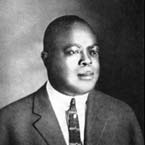
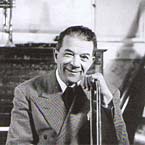
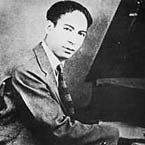
Top to bottom: Joe “King” Oliver, Kid Ory, Jelly Roll Morton
Buddy Bolden, Sidney Bechet, Bunk Johnson, Jellyroll Morton, Kid Ory, King Oliver…
Historians generally point to Buddy Bolden, a cornet player, as the first jazz musician. Beginning around 1895, he assembled a band that was popular at New Orleans street parades and dances and included musicians who would later become prominent figures in early jazz development, including Sidney Bechet and Bunk Johnson.
Bolden’s personal theme song was called “Funky Butt” and today the jazz club on North Rampart Street of the same name pays him tribute. He was followed by a long list of musicians who each left their stamp on the evolving style of jazz in the early part of the 20th century, including Joe “King” Oliver, Kid Ory and Jelly Roll Morton, generally considered the first great jazz composer.
Jazz diaspora
While rooted in New Orleans, the city’s jazz pioneers traveled extensively for work. This artistic diaspora was accelerated when the city’s official red light district, Storyville, was ordered closed by the federal government in 1917, thus shuttering the saloons and bordellos that had proved such reliable venues for early jazz musicians. Wherever the musicians went, they played, and the sound stuck, later evolving on its own into differentiated styles in Chicago, New York, Kansas City, and West Coast cities.
“The original jazz idiom started in New Orleans, and it spread,” says Raeburn. “As it spread, it changed, but the original sound came from New Orleans.”





